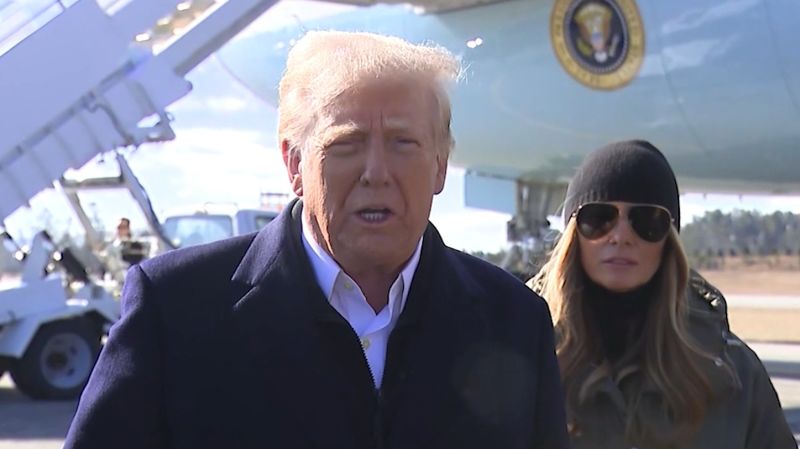Disaster Relief Showdown: Trump Demands Voter ID Verification for California Aid

In a controversial move that sparked immediate debate, President Donald Trump suggested linking California's disaster aid for wildfire relief to the implementation of voter ID requirements. The president's remarks came during a period of intense wildfires ravaging Los Angeles, where thousands of residents were struggling with widespread destruction and displacement.
Trump's proposal raised eyebrows among state officials and political analysts, who viewed the statement as a potential political maneuver to pressure California into adopting stricter voter identification laws. The suggestion implied that federal assistance for wildfire recovery could be contingent upon the state's willingness to modify its current voting procedures.
California officials quickly pushed back against the proposal, arguing that disaster relief should be a humanitarian effort separate from political voting regulations. They emphasized that emergency aid should be provided unconditionally to help communities recover from devastating natural disasters.
The proposal highlighted the ongoing national debate surrounding voter ID laws, with critics arguing such requirements can disproportionately impact marginalized communities, while supporters claim they are necessary to prevent potential voter fraud.
As the wildfires continued to threaten Los Angeles communities, the president's comments added another layer of complexity to an already challenging recovery effort, drawing sharp criticism from state leaders and humanitarian organizations.

